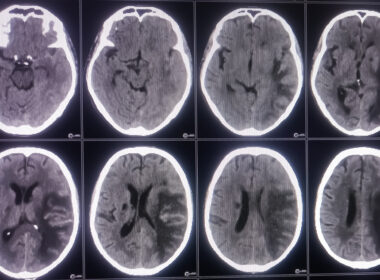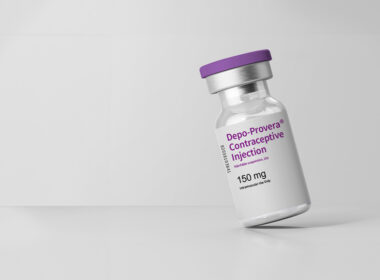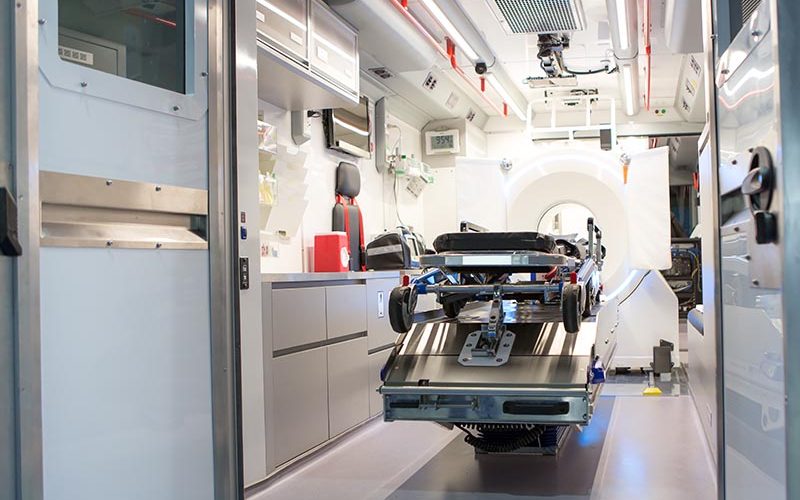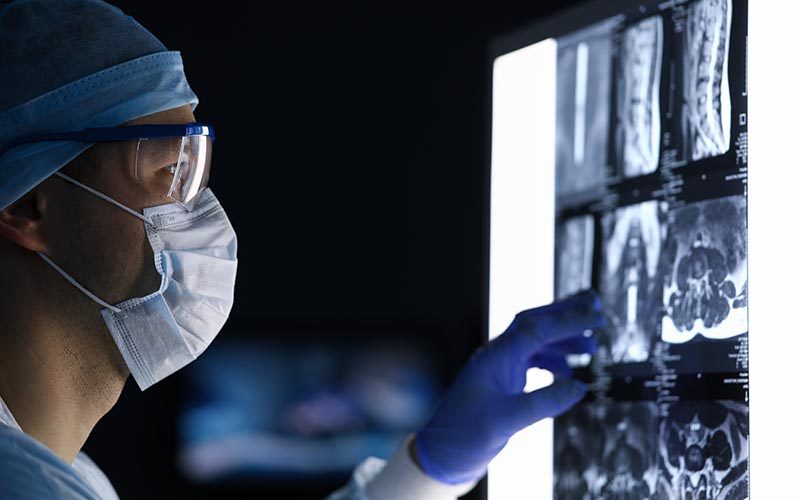Stroke: What Is It and How Does It Occur?
Whenever the blood supply to a part of the brain is cut off or severely reduced, a stroke occurs. Blood clots are the most common cause of strokes (thrombosis). Within minutes of being deprived of oxygen, brain cells begin to die. It can take just a few hours for brain tissue to die without getting enough oxygenated blood. Death of brain tissue reduces brain function to the point where it cannot be recovered. Blockage or rupture of an artery to the brain is to blame. For example, failing to recognize a stroke immediately after or while it is occurring or ignoring signs that indicate an impending stroke are examples of stroke misdiagnosis. One in every four American adults suffers from a stroke, the third leading cause of death and major disability.
It’s not uncommon for a patient to experience stroke-like symptoms in a Transient Ischemic Attack (TIA) (transient). It’s important to note that a TIA can be an early warning sign of a full-blown stroke. Even though a TIA only lasts 10 to 20 minutes, prompt diagnosis and treatment can help prevent a more severe and life-threatening stroke. Time is of the essence once it has occurred. Even if the damage is already done, it can be reversed with timely treatment. If a misdiagnosis of a stroke or undiagnosed, treatment may be delayed or not given. Doing so allows the death of brain cells to continue, which can quickly lead to permanent brain damage or death. It is possible to accurately diagnose an impending stroke by thoroughly reviewing a patient’s medical history and performing a thorough physical exam, and performing a carotid ultrasound or angiogram changes in the way one sees, such as seeing double or having trouble focusing.
Ischemic strokes and hemorrhagic strokes are the two different types of stroke.
Speak up Now. Let our Stroke misdiagnosis lawyer help you.
Hemorrhagic Strokes
It’s called a “bleed in the brain” when a blood vessel bursts and blood leaks into the brain. There are times when this occurs when a patient has an aneurysm, which is a weak area in the blood vessel that grows or “balloons” over time.
According to recent research, it was found that approximately half of the patients with brain aneurysm symptoms seek medical attention, and 16 to 60 percent of these patients are incorrectly diagnosed. Viral meningitis, migraine, tension, cluster headaches, and hypertension headaches were the most commonly misdiagnosed conditions. A misdiagnosis of a hemorrhagic stroke can be fatal. About a third of patients with symptomatic aneurysms who were initially misdiagnosed die from a hemorrhagic stroke, a third receive delayed treatment but eventually die or suffer a significant disability, and a third survive treatment with a good outcome.
Ischemic Stroke
During an ischemic stroke, blood flow to the brain is obstructed or narrowed by a blood clot. Plaque buildup can cause a blood clot to form in damaged arteries (atherosclerosis). Carotid artery disease can also affect other arteries. Strokes of this type are the most common. Ischemia occurs when a blood vessel (artery) supplying the brain is blocked. Ischemic strokes account for about 80% of all strokes in the United States.
Possible Outcomes if a Stroke Is Missed or Misdiagnosed:
- a traumatic injury to the brain
- loss of movement on one side of the body
- Seizures
- loss of motor skills
- Memory difficulties
- Speech and language difficulties Reading and writing challenges Difficulty swallowing
- alterations in personal conduct
- Depression
- Death
Signs and Symptoms of Stroke
Stroke symptoms could be difficult to diagnose. That’s why it is better to be well equipped with the typical signs listed below:
- Numbness or weakness, usually on one side of the body, of the face, arm, or leg.
- Confusion, difficulty expressing oneself, and difficulties in comprehending others’ words.
- Either one or both eyes suddenly become incapable of seeing clearly.
- A sudden inability to walk, dizziness, or a loss of equilibrium.
- Inexplicable and severe headaches.
- Inability to see
If you or your loved ones have experienced any of the symptoms above. Don’t waste your pain. Contact a stroke misdiagnosis attorney immediately.
The Misdiagnosis of Strokes and the Delay in Their Treatment
The treatment for a stroke depends on its type, so it’s critical to get a proper diagnosis as soon as possible. Delaying or misdiagnosing a stroke can result in lost time that could have been used to save a patient’s life. Stroke misdiagnosis can lead to a brain hemorrhage, long-term brain damage, and even death in extreme cases.
A patient’s chances of recovery can be severely harmed if they are diagnosed with the wrong type of stroke or a bad illness.
Conclusion
- Stroke inhibits brain circulation. Clots cause most strokes (thrombosis). Deoxygenated brain cells die. Brain cells die without oxygen. Permanent brain damage. Obstructed or burst cerebral artery. Misdiagnosing a stroke means ignoring warning signs. Third, in deaths and disabilities, stroke ranks third.
- A blood clot obstructs cerebral blood flow during an ischemic stroke. Damaged arteries can clot from plaque buildup (atherosclerosis).
- Blood enters the brain when a blood vessel bursts. An aneurism, a weak point in the blood vessel that “balloons” with time, can cause this.
- A stroke misdiagnosis can be fatal. A third of people with misdiagnosed symptomatic aneurysms die from a hemorrhagic stroke, a third receive delayed therapy but die or suffer a major disability, and a third survive treatment with a good prognosis.
- Misdiagnosed strokes cause cranial damage, unilateral paralysis, seizures, impaired motor skills, disfluencies, problems reading/writing changing oneself, death, depression, symptomatic stroke, facial, arm, or leg numbness or weakness, confusion, unable to articulate or understand oneself, blurry eyes, blindness, imbalance, inability to walk.












